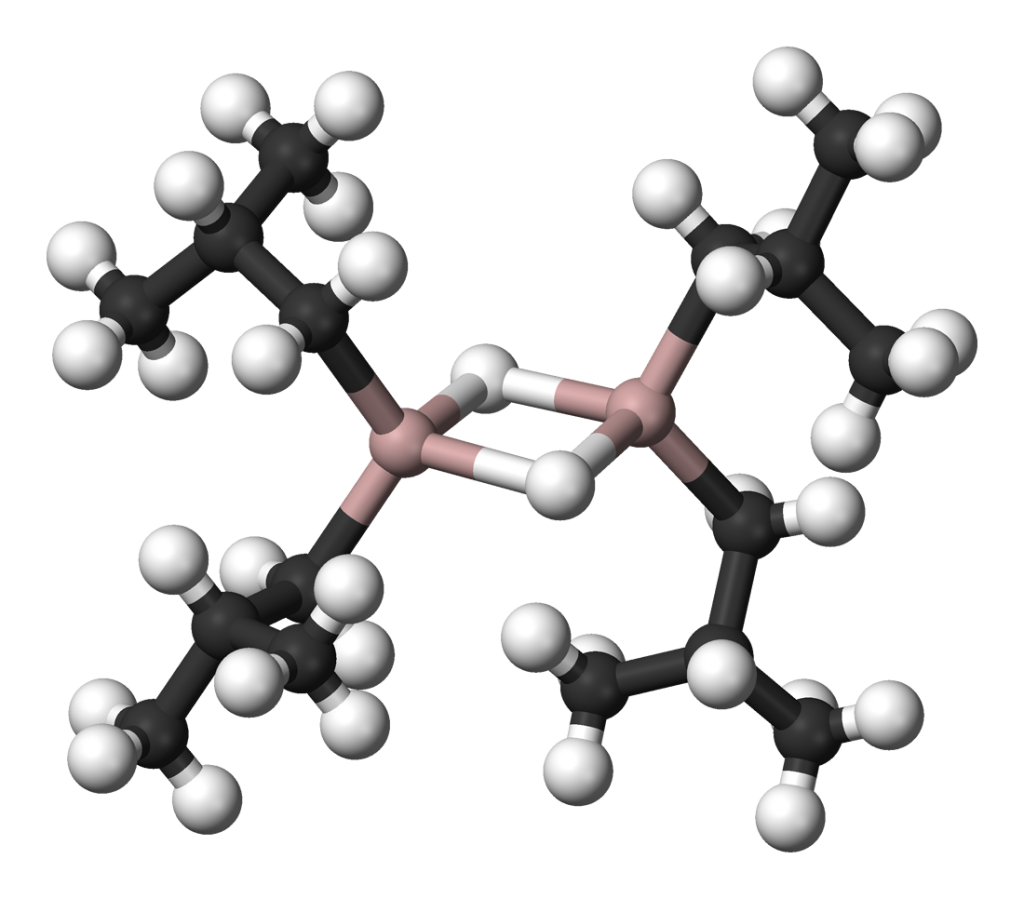Aluminium is a well-known group 13 element that belongs to the Boron family. The electrical configuration of aluminium is 1s2 2s2 2p6 3s2 3p1. Aluminium, apart from magnesium, has a lower density than any other commercial metal. Aluminium is a great reflector when coated with the proper surface type, especially for UV light. It’s a silvery-white metal that has no flavour or odour. The material gets more ductile and soft when silicon is added.
Aluminium or other metals, water molecules, and sulphates make up alum, an inorganic chemical substance. Alum can be found in the form of minerals. Soda alum, potash alum, chrome alum, and ammonium alum are examples of alum. Hydrated double sulphate salt of aluminium is known as alum.
List of Essential Aluminium Compounds
Aluminium has properties that are similar to both post- and pre-transition metals. Since it has few available electrons for metallic bonding, it displays the physical characteristics of post-transition metals with longer-than-expected interatomic distances. The following is a list of aluminium compounds.
| 1 | Aluminium oxide |
| 2 | Aluminium hydroxide |
| 3 | Aluminium sulphate |
| 5 | Sodium aluminate |
| 6 | Aluminium chloride |
Aluminium oxide
Amphoteric metal oxides, such as aluminium (III) oxide, have basic and acidic characteristics. The nature of the other reactant in the chemical process determines whether Al2O3 is acidic or basic.
- Aluminium oxide is a high-quality ceramic oxide with a wide range of catalyst and adsorbent manufacturing applications.
- It’s also used in the aerospace industry to make a variety of economically essential chemicals.
Aluminium hydroxide
Al(OH)3 is a white powder that is an amorphous and naturally occurring amphoteric substance. In acidic and alkaline solutions, it dissolves, but not in water.
- Aluminium hydroxide is used as a flame retardant in plastics.
- It’s an antacid that’s also present in Aluminium Hydroxide gel.
- Activated alumina is made from it, and it’s also used as a cosmetic filler.
- It’s used as a chemical intermediary and a soft abrasive for plastics.
- Used in the manufacture of glass and as a glass additive to improve thermal shock resistance.
Aluminium sulphate
Aluminium sulphate is also known as dialuminum trisulphate or filter alum. It is a colourless liquid in its anhydrous state and a white crystalline solid in its solution state. Both varieties are non-toxic and non-combustible.
- It is used in gardening to maintain the soil PH balance and make baking soda.
- It’s used in water filtering and colouring fabrics.
- In concrete, it’s used as an accelerator and as a waterproofing ingredient.
- It is used in the treatment of sewage and as firefighting foam.
- Paper is made from it.
Aluminium chloride (AlCl3)
Aluminium chloride is obtained when aluminium and chlorine react, and the chemical formula is AlCl3. Aluminium chloride is typically white, but due to impurities (iron(III) chloride), it takes on a yellowish colour.
- Rubber, paints, lubricants, medication, wood preservatives, pesticides are all obtained from aluminium chloride.
- It’s used to produce antiperspirants and petrochemicals such as alkyl and ethylbenzene.
Conclusion
Aluminium is lightweight, non-toxic, has solid thermal conductivity, resists corrosion, and is easily moulded, machined, and cast. It possesses the second-highest ductility and the sixth-highest malleability among metals. It’s also non-sparking and non-magnetic.

